River Rally 2018
Brianne Walsh ·In April, Emily Nastase and I had the opportunity to travel to Olympic Valley, California to attend River Rally 2018. River Rally, hosted annually by River Network, is a national conference for river and water champions. It brings together hundreds of people from across the United States and around the world who care about rivers and water issues. Participants this year included NGO staff and volunteers, academics, federal agencies, foundation representatives, and community leaders.
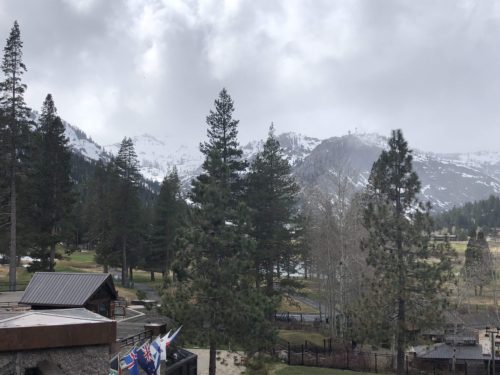
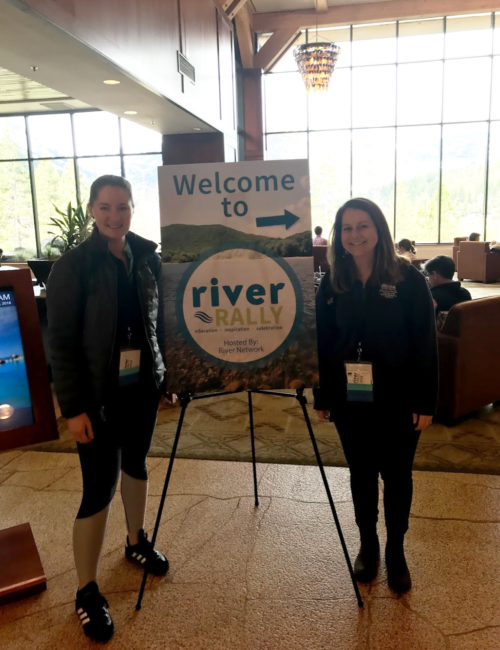
On the morning of Day 1 of the conference, Emily and I presented a workshop titled “Healthy Rivers For All: Introducing A Practitioner’s Guide to Developing River Basin Report Cards.” In our 90 minute workshop participants were given a brief introduction to River Basin Report Cards and the Healthy Rivers for All Partnership, introduced to the free resource, A Practitioner’s Guide to Developing River Basin Report Cards, and played the interactive game “Get the Grade!” to learn more about the importance of stakeholder engagement in river basin management, and see how report cards can be used as a tool for informed decision-making.

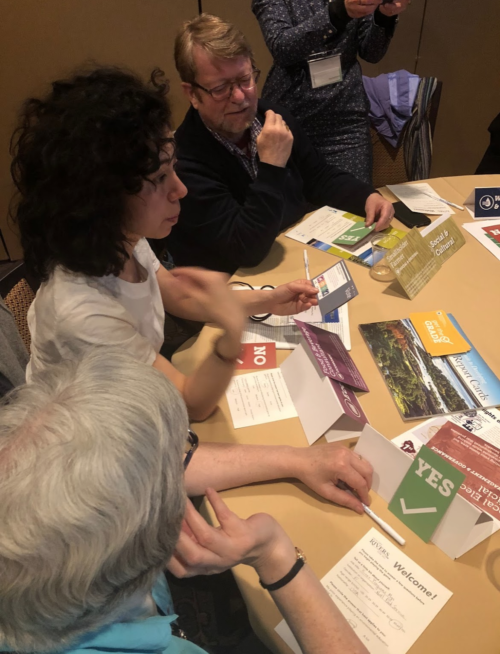
The remainder of the conference was full of additional workshops covering five themes:
- Reconnecting to Rivers through Restoration and Recreation,
- Mobilizing for Change through Policy, Advocacy, and Civic Engagement,
- Making diversity, Inclusion, and Equity Real,
- Expanding Impact through Science, Technology, and Monitoring, and
- Sustaining Strong Leaders, Organizations, and Coalitions.
I chose to attend workshops highlighting indicator approaches, community engagement, and storytelling. Each session I attended was fun, educational, and most utilized interactive approaches. I especially enjoyed the 90 minute session length, as it felt like it really allowed presenters to engage with the audience and give an in-depth overview of their content. Two sessions that I immediately shared with my IAN colleagues included a session highlighting the Rapid benefit indicators approach—a tool created by the U.S. EPA for assessing restoration sites using non-monetary benefit indicators, and Re-imaging conservation through storytelling, where we discussed the concepts of diversity, equity, and inclusion, and how conservation has not always been equitable and inclusion, but how storytelling can be one tool to reimagine conservation in service of equity.
No sessions were scheduled for Tuesday afternoon; instead, participants were encouraged to sign up for field trips and head outside to explore the greater Lake Tahoe region. After a rental car snafu hindered my plans to road trip down to South Lake Tahoe and Emerald Bay State Park, I decided to join the Lake Tahoe Water Trail field trip —a paddle trip along the shoreline of Lake Tahoe — to learn about the Lake Tahoe Water Trail, which circumnavigates the 72-mile shoreline of the largest alpine lake in North America.
When we arrived Willard Sports Shop to pick up our kayaks, paddles, and PFDs, there was some discussion that our paddle would likely be cut short due to windy conditions on the lake, but it ended up being perfect. We paddled for about three hours, stopping halfway at a public landing where we learned more about the Lake Tahoe Water Trail and the National Water Trails System. The afternoon was the perfect way to cap off a productive first two days at River Rally and learn a bit about the beautiful area where we were.
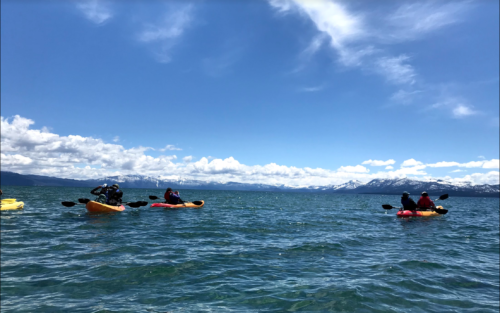
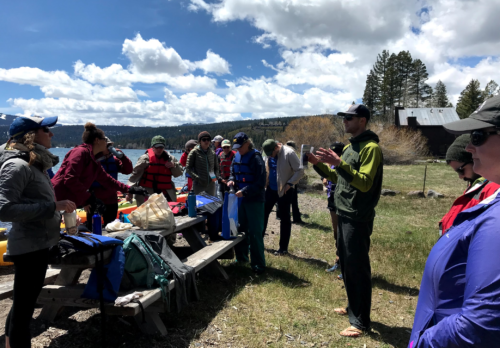
As a first time attendee to River Rally, I was impressed by the welcoming culture of the event—from the Newcomer’s welcome on the first evening, the energy and enthusiasm during some entire conference ‘icebreakers’ during the Welcome & Opening Reception, to the many introductions and networking opportunities Emily and I were granted throughout the course of the three day event. There was a level of inclusiveness and encouragement to make new connections and networks that I had not experienced at other events.
On the last evening before my flight back East, I spent the night in Reno and was able to head to downtown Reno for dinner. This was my first time in Reno, and known it for its gaming and nightlife—a city of hotels and casinos— but was delighted to find the Riverwalk district, an area along the Truckee River in downtown Reno that has been redeveloped with restaurants, river access, and urban parks. I spent the evening overlooking the Truckee River, where I saw several whitewater rafts pass by. It was a great ending to my trip, and a wonderful reminder of all of the hard work and great conversations discussed at River Rally.
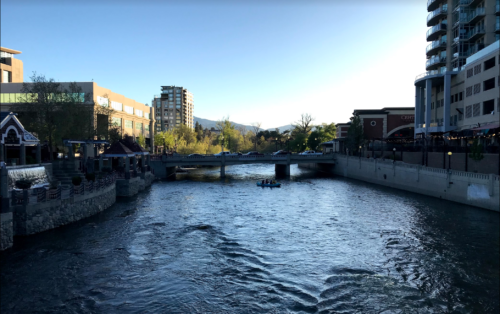
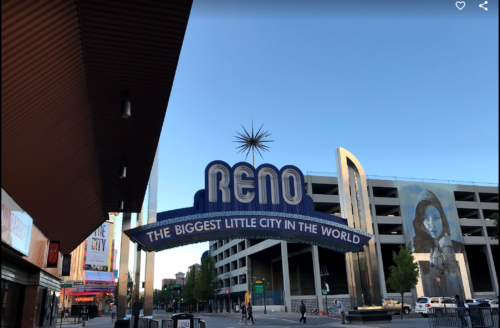
Next Post > Seagrass recovery in Chesapeake Bay: A success for Chesapeake Bay research and restoration
Comments
-
Abrokwa Charles 7 years ago
Hi Brianne,
Thanks for the great info. I really love the nice pictures you posted. River Rally 2018 must be thrilling.

